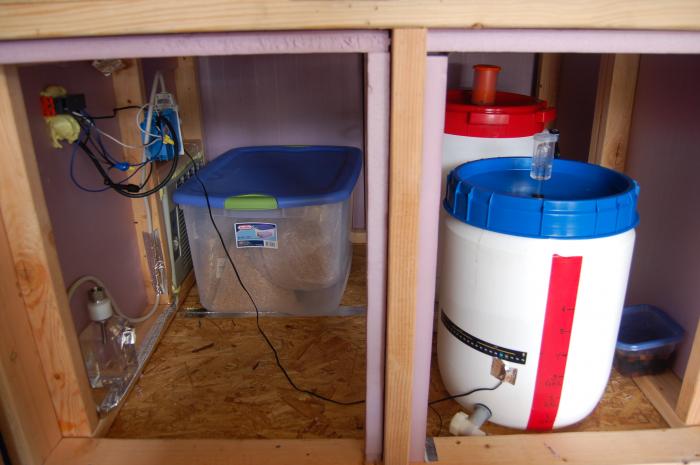[...] The site in the post only shows an EER, which is not the amps. It is the Energy Efficiency Rating. Apparently another government BS rating to confuse things.
Sorry to butt in, but the EER is not some "BS rating to confuse things", it's just the efficiency. It's the ratio of cooling rate to electric consumption. An AC with an EER of 10 uses 10% more electricity for the same amount of cooling than an AC with an EER of 11. Just measuring the peak amps while the compressor running doesn't tell you anything about the power consumption (although it is useful to know so that you don't exceed wiring and controllers).
If more people understood what the EER meant, nobody would buy those crappy ACs they sell at Walmart with an EER of 8.5. You spend way more money on electricity to run an AC than you do to buy it, so it makes sense to get a more efficient model wiht an EER of 10+.










































![Craft A Brew - Safale S-04 Dry Yeast - Fermentis - English Ale Dry Yeast - For English and American Ales and Hard Apple Ciders - Ingredients for Home Brewing - Beer Making Supplies - [1 Pack]](https://m.media-amazon.com/images/I/41fVGNh6JfL._SL500_.jpg)
















